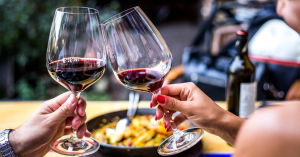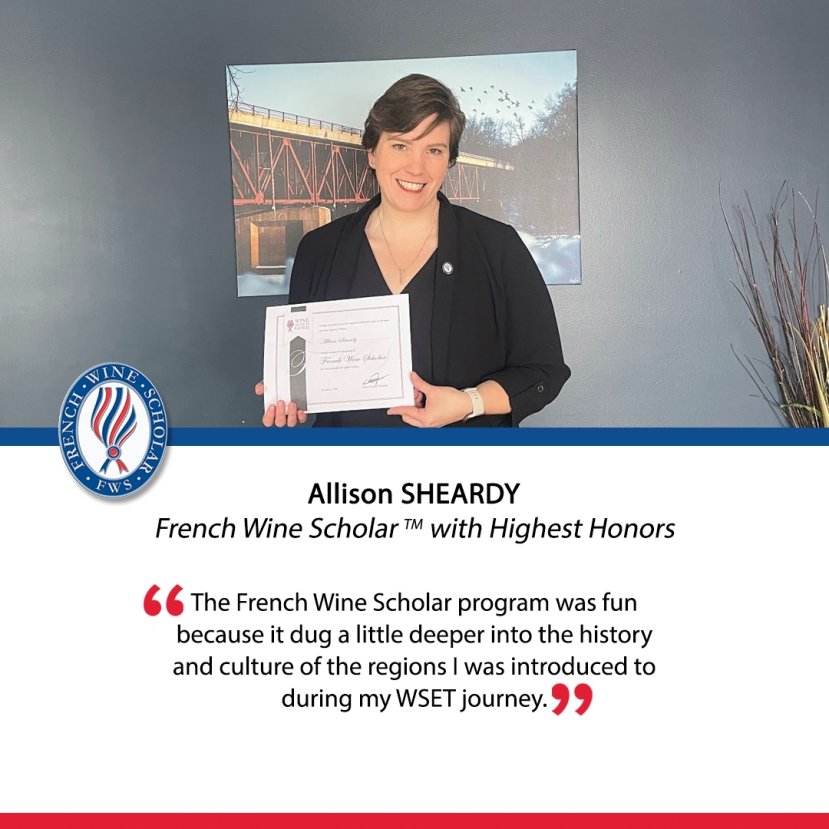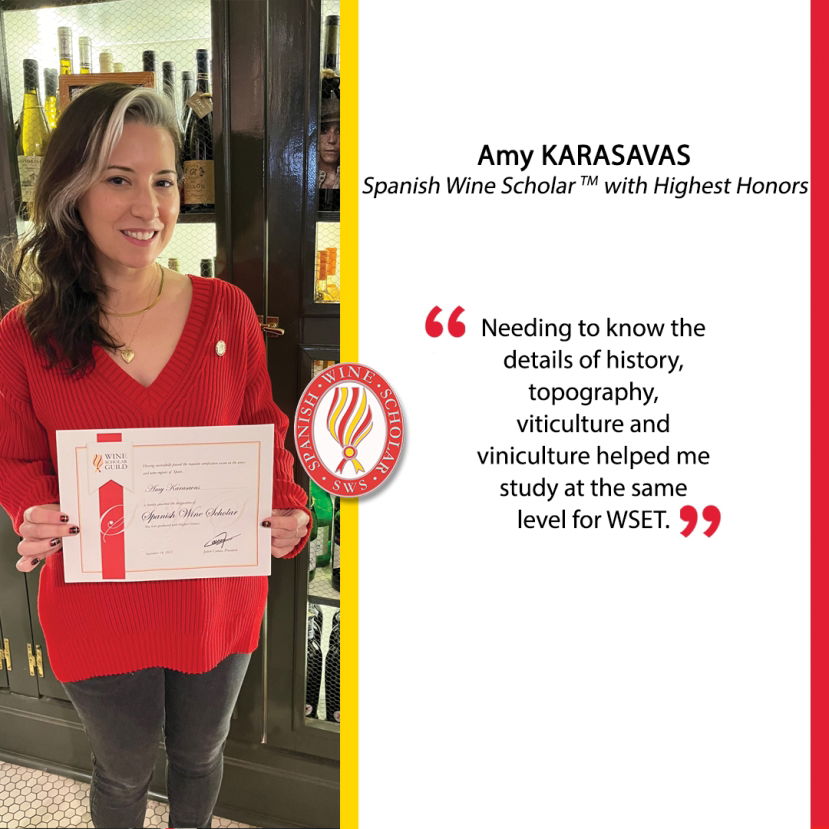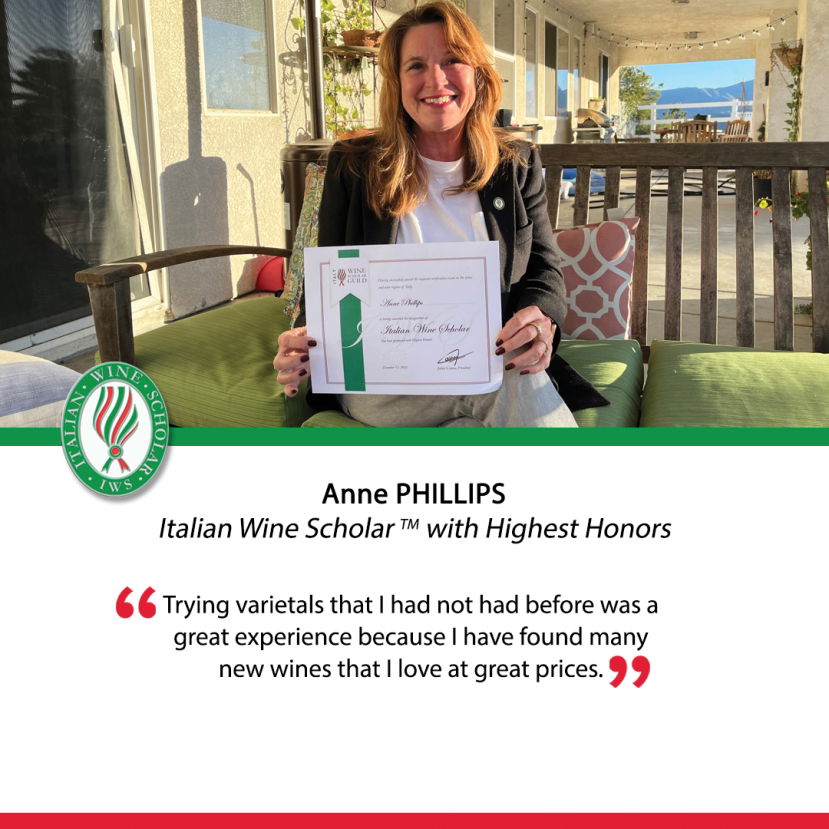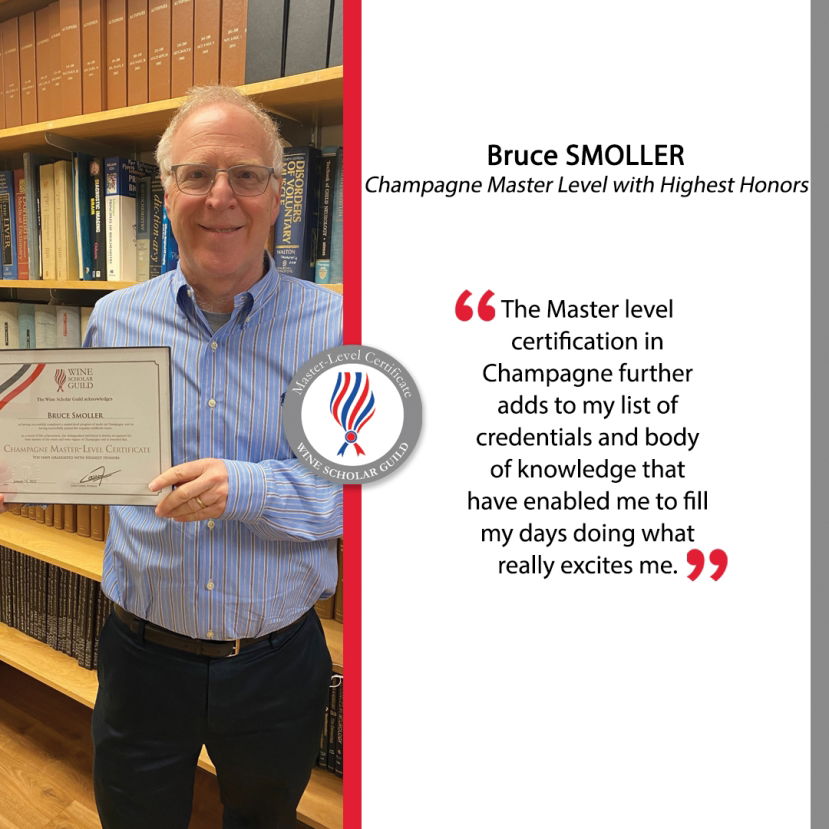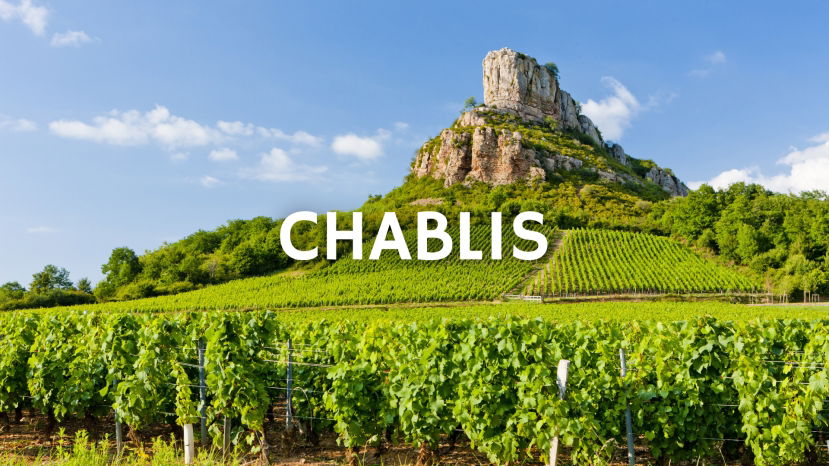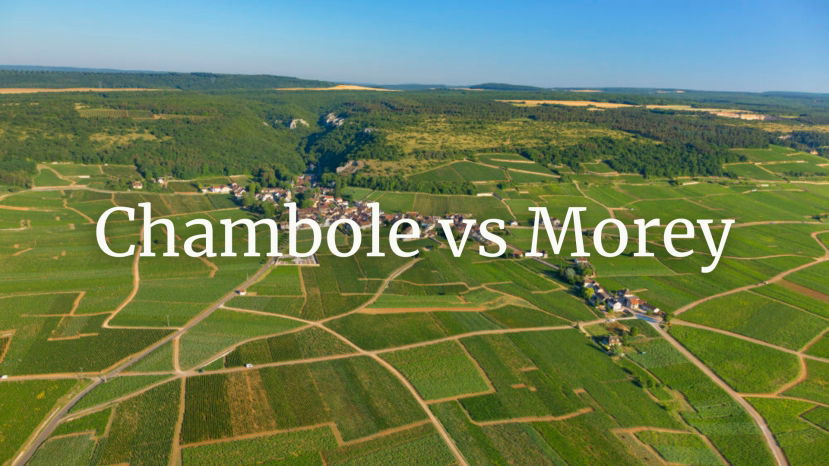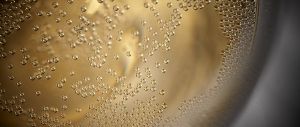BLOG
wine education
Summary:
This session focuses on techniques you can use to enhance your blind tasting skills. Justin will discuss some of the tips and tricks he employed to pass the Master of Wine; the most challenging wine tasting exam in the world. Justin will share some exercises that you can try at home to build your own tasting skills, as well as discussing the most effective ways of writing
Curious about Wine Scholar Guild trips, dear reader? I’m no expert on wine tourism, but I have been fortunate enough to go on five (!) WSG trips: Alsace, Champagne, Languedoc-Roussillon, Loire, and Rhône. Below I share my thoughts on why these trips were so great and why I keep coming back for more.
Across the world, the coronavirus pandemic has temporarily closed classrooms and required students to learn their course material entirely from home. At the Wine Scholar Guild, many new enrollments have shifted to the online wine study option for the foreseeable future. In fact, many students now find themselves with more time on their hands as they are required to stay home and adopt “social distancing” to their daily routine.
It is important to note that at-home learning can require very different skills not applied in a classroom setting. Whether you are new to distance learning or eager for ideas on how to improve your studying practice, we’ve compiled 12 helpful study tips to help you make the most of your at-home wine education.
Bourgogne has applied some new math to count its AOCs. They have shed their claim to 100 AOCs and reorganized their appellations to fit within a count of 84.
Cosecha. Joven. Viejo. And the list goes on. Many wine-producing countries use local-language wine-related terminology without realizing their consumers are unaware of their meaning. Even native language speakers are sometimes confused by these terms as they are technical and/or relate to wine law.
No need to worry! Below is your very own Spanish Wine Glossary (in alphabetical order) providing the top 25 wine terms you need-to-know to navigate Spanish wine.
“We have a very particular history,” says Miguel Aguirre, vineyard manager at Premier Cru Sauternes estate, Château La Tour Blanche. “After his death, our last owner gave the estate to the French State asking to open a free school in return for his gift. That is why you see so many young people around here. Every year we get about 150 students who come here to learn about the wine trade and wine production.”
Congratulations to Allison Sheardy, FWS, for passing the French Wine Scholar exam with highest honors!
About Allison:
I came to wine as a second career about six years ago and have truly found my raison d’etre. I’ve created a niche for myself working in unique wine
Congratulations to Amy Karasavas, SWS, for passing the Spanish Wine Scholar exam with highest honors!
About Amy:
Wine was a passion well before it was a profession. In 2018, I took the plunge and became a certified sommelier with the Sommelier Society of America. Soon
Congratulations to Anne Phillips, IWS, for passing the Italian Wine Scholarexam with highest honors!
About Anne:
I have been a wine enthusiast for many (many) years. I decided to start taking classes about 5 years ago. I took some local classes
We recently caught up with Justin Martindale MW, our Membership & Community Manager, to find out what’s happening in the WSG Membership program and how it all gets put together.
Summary
We are delighted to welcome Matt Walls, the world’s leading expert on the wines of this region, to host this live member event. Matt will give us an overview of all the major appellations of the Northern Rhône and get us up to speed with all the latest trends and developments, and how these regions are evolving in the 21st century. A great opportunity to develop your knowledge of the region past what you might have studied in wine books and put your questions to
Summary:
This is a nuts-and-bolts introduction to some basic white wine tasting techniques, aimed at those of you who don't have a huge amount of prior tasting experience. Here we'll discuss some tips for how to get the most out of your white wines, and take the first steps into how you might decipher a grape variety and an objective quality assessment of a wine.
You can find all the details of the wines in the pdf download above.
About the
Summary:
In this video Justin and Chris explore the world of Rosé, sharing tips and techniques around how to taste quality and starting to make arguments for logical regions of origin. We cover colour, winemaking signatures and what makes a great Rosé through a tasting of three very different wines from the south of France.
Full details of all the wines can be found in the pdf document above.
About the
Summary:
In this video we explore the limitations of the various wine tasting grids, and Justin introduces the cross system as an alternative method. Both systems are perfectly valid, but this might appeal to you if you share the same frustrations and want to give a different method a try!
About the Speaker:
Justin Martindale is the Wine Scholar Guild Membership Manager and one of our in-house Masters of Wine. Justin passed the notoriously challenging MW
Congratulations to Bruce Smoller for passing the Champagne Masters exam with highest honors!
About Bruce:
I am a wine enthusiast, but not formally in the industry. I have had a passion for wine since my days living near Napa Valley. I have been seriously studying wine for the last 9 years and am currently working on the Wine and Spirits Educational Trust (WSET) level 4 (Diploma level). My goal
Congratulations to Cassandre Paquet, IWS, for passing the Italian Wine Scholar exam with highest honors!
About Cassandre:
My dad has always been a big wine enthusiast and as this was one of the many interests we have in common, I now too share
Summary:
Chablis is very much its own place, part of Burgundy but in some ways quite different. Once frost protection methods were developed, previously precarious viticulture finally became viable. Chablis is now in the capable hands of a bright younger generation, inspiring a gentle evolution in their vineyard and cellars. Let us hope that climate change will not affect the unique style of the world’s most famous Chardonnay.
Presenter:
Summary:
Bourgogne is a region full of contrast. Many villages produce wines completely different neighbouring villages due to differences in geology, exposition and microclimate. There are many examples to be found – Puligny-Montrachet/Meursault & Volnay/Pommard are great examples. In the Côte de Nuits, the great communes of Chambolle-Musigny & Morey-St-Denis are another example of this fascinating contrast.
A BIT OF WINE CHEMISTRY: Lessons from Champagne
Day one of the Champagne study trip initiated a discussion which continued throughout the week of factors impacting aromas and flavors in champagne. Broadly, aromas can be categorized into the impacts of grape variety, terroir, vinification, and post-production events (influencing individual bottles versus entire “batches”).
This article will focus upon the biochemistry of sulfur, nitrogen, oxygen, and sugars in an acidic environment (esters arising from acidification of alcohol); the intent is not intended to be comprehensive. For purposes of this essay, the use of the word aroma will include the complex notes of aging characterized as “bouquet.”
“Although many efforts have been made to characterize the quality and flavor of the compounds in wine… tasting remains the single universal test used… This is because the taste of a molecule, or blend of molecules, is constructed within the brain of a taster.” F. Brochet and D. Dubourdieu, 2001
Introduction
Wine Scholar Guild is pleased to bring you this 5-session course developed in conjunction with Agro-Bordeaux, a public viticulture and enology school under the authority of the French Ministry of Agriculture. The curriculum explores terroir from the ground up, and is designed to give you a thorough understanding of





